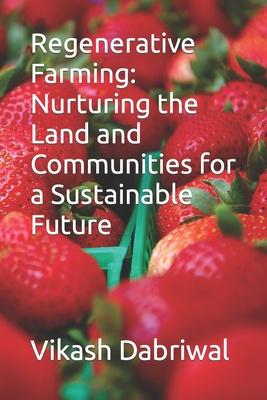- Definition of regenerative farming
- Importance of regenerative farming for sustainable agriculture
- Brief history of regenerative farming practices
- Utilizing natural resources for productive capacity
- Minimizing harmful impacts on ecosystems
- Diversifying crops and livestock
- Adapting to local circumstances
- Agroforestry
- Cover cropping
- Crop rotation
- Regenerative grazing
- Composting
- No-till farming
- Intercropping
- Polyculture
- Improved soil health and fertility
- Increased biodiversity
- Carbon sequestration
- Reduced greenhouse gas emissions
- Improved water quality and conservation
- Economic benefits for farmers and communities
- Access to resources and information
- Changing consumer demand and supply chains
- Government policies and support
- Cultural barriers and traditions
- Examples of successful regenerative farming practices and their impacts
- The role of regenerative farming in addressing global challenges such as climate change, food security, and social equity
- Emerging technologies and innovations in regenerative farming
- Opportunities for collaboration and partnership
- Recap of key points
- Call to action for individuals, policymakers, and the farming community to support regenerative farming practices
